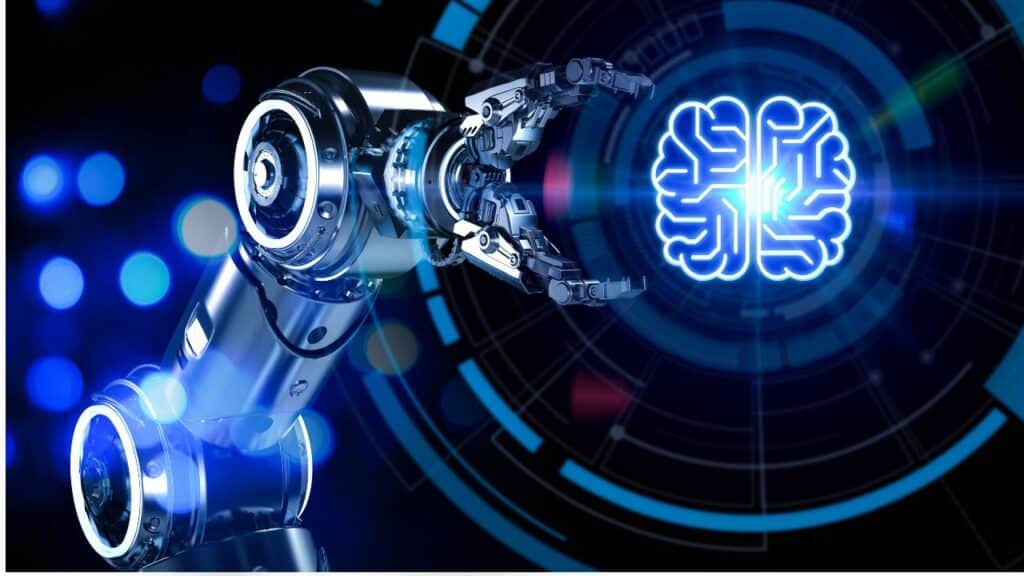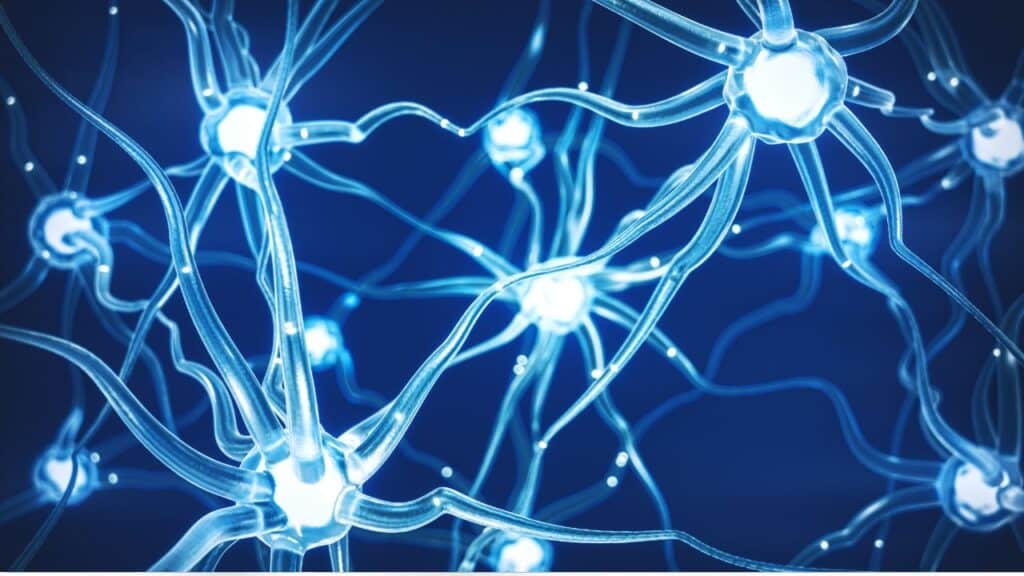Artificial intelligence (AI) is one of the most rapidly advancing fields in technology today.
From powering virtual assistants to revolutionizing industries with predictive analytics, AI is reshaping the way we live, work, and communicate.
For tech enthusiasts, understanding AI terminology is crucial to grasping the underlying concepts, trends, and innovations that are driving this technology forward.
In this guide, we’ll break down 20 essential AI terms that every tech enthusiast should know, explaining each concept in simple terms so you can gain a deeper understanding of this transformative field.
1. Artificial Intelligence (AI)
Artificial Intelligence, or AI, is the overarching field of computer science focused on creating systems and machines that can simulate human intelligence.
Unlike traditional computing, where each task requires explicit programming, AI enables systems to adapt, learn, and make decisions based on data.
Key Components of AI
- Learning: The system can process and analyze vast amounts of data to learn patterns and rules.
- Reasoning: AI can draw conclusions and make inferences from data, allowing it to solve problems.
- Self-Correction: AI systems can adjust their algorithms based on feedback to improve performance over time.
AI is foundational to many advanced technologies, including machine learning and robotics, and is continually evolving to create more intelligent, responsive systems.
2. Machine Learning (ML)
Machine Learning (ML) is a subset of AI focused on developing algorithms that allow computers to learn from data without being explicitly programmed for each task.
ML algorithms identify patterns within data and use them to make predictions or decisions.
Key Aspects of Machine Learning
- Data-Driven: Machine learning relies on large datasets to train and optimize models.
- Model Training: Algorithms learn by processing data, adjusting to improve accuracy.
- Applications: ML powers applications like recommendation engines, fraud detection, and language translation.
ML is used in various applications, from personalized content recommendations to autonomous vehicles, making it a vital component of modern AI systems.
3. Deep Learning (DL)
Deep Learning (DL) is a subset of machine learning that uses neural networks with multiple layers to process data in complex ways.
These neural networks allow computers to learn patterns at different levels of abstraction, which is why deep learning is so effective for image and speech recognition.
Key Characteristics of Deep Learning
- Multi-Layered Neural Networks: DL models use layers of neurons to process and understand complex data.
- High-Volume Data Requirement: DL models require large datasets for accurate results.
- Use Cases: Commonly used in computer vision, natural language processing, and autonomous vehicles.
Deep learning has been instrumental in breakthroughs like image recognition and natural language processing, making it one of the most powerful tools in AI today.
4. Neural Network
A Neural Network is a series of algorithms that aim to recognize relationships in data through a process that mimics the human brain.
It consists of nodes, or “neurons,” arranged in layers that process data in stages, identifying complex patterns.
Structure of Neural Networks
- Input Layer: Takes in the data to be processed.
- Hidden Layers: Process data through various mathematical transformations.
- Output Layer: Produces the final output or prediction.
Neural networks are the foundation of deep learning and are essential for tasks like speech recognition and image classification.
5. Natural Language Processing (NLP)
Natural Language Processing (NLP) is a field of AI that enables computers to understand, interpret, and generate human language.
NLP combines computational linguistics and machine learning to bridge the gap between human communication and computer understanding.
Key Applications of NLP
- Text Analysis: Analyzes and processes written language.
- Sentiment Analysis: Identifies emotions or opinions in text.
- Chatbots and Virtual Assistants: Enables conversational AI systems like Siri and Alexa.
NLP powers voice-activated assistants and is crucial for applications that require language-based interaction.
6. Computer Vision
Computer Vision is a field of AI that focuses on enabling computers to interpret and make decisions based on visual data, such as images or video.
By analyzing pixels in images, computer vision algorithms can recognize objects, detect motion, and even understand facial expressions.
Key Components of Computer Vision
- Image Recognition: Identifies objects or patterns in images.
- Facial Recognition: Analyzes facial features to identify individuals.
- Object Detection: Locates specific objects within images.
Computer vision is widely used in applications such as self-driving cars, medical imaging, and augmented reality.
7. Algorithm
An algorithm is a set of rules or instructions that a computer follows to perform a specific task or solve a problem.
In AI, algorithms are the foundation that enables machines to learn from data, recognize patterns, and make decisions.
Types of Algorithms in AI
- Supervised Learning Algorithms: Learn from labeled data.
- Unsupervised Learning Algorithms: Find patterns in unlabeled data.
- Reinforcement Learning Algorithms: Learn by trial and error to achieve a goal.
Algorithms are at the core of every AI system, providing the rules and logic that enable computers to perform complex tasks.
8. Supervised Learning
Supervised Learning is a type of machine learning where algorithms are trained on a labeled dataset, meaning each input has a known output.
This method teaches the model to make predictions or classify data based on examples it has seen before.
Key Characteristics of Supervised Learning
- Labeled Data: Requires labeled data to train the model.
- Classification and Regression: Can be used for predicting categories (classification) or continuous values (regression).
- Applications: Used in spam detection, medical diagnosis, and speech recognition.
Supervised learning is a powerful technique for training models with clear, specific outputs.
9. Unsupervised Learning
Unsupervised Learning involves training an AI system on data without labeled responses.
The algorithm finds hidden patterns, clusters, or associations in the data, which can be useful for exploratory analysis or feature discovery.
Key Applications of Unsupervised Learning
- Clustering: Groups data based on similarity, such as customer segmentation.
- Association: Identifies relationships within data, often used in market basket analysis.
- Dimensionality Reduction: Reduces the number of variables in large datasets.
Unsupervised learning is valuable for discovering insights when you don’t have predefined labels for the data.
10. Reinforcement Learning (RL)
Reinforcement Learning is an area of machine learning where an agent learns to perform actions in an environment to maximize rewards.
RL involves trial-and-error learning, where the agent receives positive or negative feedback based on its actions, gradually improving its behavior.
Key Concepts in Reinforcement Learning
- Agent: The AI entity that makes decisions.
- Environment: The setting in which the agent operates.
- Rewards: Feedback that encourages or discourages specific actions.
Reinforcement learning is commonly used in robotics, gaming, and autonomous systems.
11. Artificial Neural Network (ANN)
Artificial Neural Networks (ANNs) are computational models inspired by the human brain, designed to recognize patterns within data.
ANNs consist of interconnected nodes that work together to process and interpret complex information, making them fundamental in deep learning.
Structure of Artificial Neural Networks
- Neurons: Basic processing units that work together to analyze data.
- Connections: Pathways between neurons that carry information.
- Activation Functions: Mathematical functions that help the network learn complex patterns.
ANNs are used for image and speech recognition, providing the backbone of many deep learning systems.
12. Convolutional Neural Network (CNN)
Convolutional Neural Networks (CNNs) are a type of neural network specifically designed for processing grid-like data, such as images.
CNNs use filters to detect features in images, making them highly effective for tasks like object detection and image classification.
Key Components of CNNs
- Convolutional Layers: Extracts features from input images.
- Pooling Layers: Reduces the spatial dimensions of data.
- Fully Connected Layers: Analyzes the features and makes predictions.
CNNs are widely used in computer vision, powering applications from facial recognition to medical imaging.
13. Generative Adversarial Network (GAN)
Generative Adversarial Networks (GANs) are a class of AI models that generate new data by pitting two neural networks against each other: a generator and a discriminator.
GANs can create realistic images, audio, and even text.
How GANs Work
- Generator Network: Creates synthetic data.
- Discriminator Network: Evaluates the data for authenticity.
- Adversarial Training: The two networks train against each other to improve performance.
GANs are used in creative fields, from generating artwork to enhancing video game graphics.
14. Data Preprocessing
Data Preprocessing is a crucial step in AI that involves cleaning, transforming, and organizing data before it’s fed into a model.
Well-preprocessed data ensures that models learn accurately and efficiently.
Steps in Data Preprocessing
- Data Cleaning: Removes duplicates and corrects errors.
- Normalization: Scales data to a common range.
- Feature Selection: Identifies relevant features for analysis.
Data preprocessing is essential for creating high-quality datasets that lead to reliable model performance.
15. Feature Extraction
Feature Extraction is the process of identifying the most informative pieces of data to improve the model’s accuracy.
This technique reduces the dimensionality of the data, making it easier for the model to analyze without unnecessary complexity.
Techniques in Feature Extraction
- Principal Component Analysis (PCA): Reduces the dimensionality of data.
- Text Features: Extracts key terms and phrases in NLP tasks.
- Image Features: Detects shapes, colors, and patterns in computer vision.
Feature extraction helps create concise, relevant data that enhances model accuracy.
16. Overfitting
Overfitting occurs when a machine learning model learns the training data too well, to the point that it performs poorly on new, unseen data.
This happens when the model is too complex, capturing noise rather than meaningful patterns.
Identifying and Preventing Overfitting
- Cross-Validation: Uses multiple subsets of data for testing.
- Regularization: Penalizes overly complex models.
- Early Stopping: Stops training when performance declines on validation data.
Avoiding overfitting is essential for creating models that generalize well to real-world data.
17. Hyperparameter Tuning
Hyperparameter Tuning involves adjusting the settings of a model to optimize its performance.
Unlike parameters learned during training, hyperparameters are predefined and impact how the model learns.
Key Hyperparameters in AI
- Learning Rate: Controls how quickly the model adapts.
- Batch Size: Number of samples used per training iteration.
- Epochs: Number of times the model sees the data during training.
Proper hyperparameter tuning is crucial for creating models that achieve high accuracy without overfitting.
18. Big Data
Big Data refers to extremely large datasets that can’t be managed with traditional data-processing tools.
In AI, big data is essential for training accurate models, as more data usually leads to better performance.
Characteristics of Big Data
- Volume: The amount of data generated.
- Velocity: The speed at which data is collected.
- Variety: The different types of data, from text to video.
Big data allows AI systems to identify trends and patterns at a massive scale, leading to more accurate predictions.
19. Cloud Computing
Cloud Computing provides on-demand access to computing resources, such as storage, servers, and databases, over the internet.
This infrastructure is essential for AI, as it allows large-scale data processing and model training without the need for physical hardware.
Benefits of Cloud Computing for AI
- Scalability: Easily increases or decreases resources.
- Cost-Effective: Reduces costs by only paying for what is used.
- Collaboration: Allows remote teams to access resources.
Cloud computing is foundational for AI research and deployment, enabling faster processing and greater accessibility.
20. Ethics in AI
Ethics in AI refers to the consideration of moral and social implications of AI technology.
With AI’s growing influence, ethical issues such as bias, transparency, and accountability have become paramount.
Key Ethical Concerns in AI
- Bias and Fairness: Ensuring AI systems treat all individuals fairly.
- Privacy: Protecting user data and personal information.
- Transparency: Making AI decisions understandable to users.
Ethical considerations are crucial in building trust and ensuring AI technology benefits society in a responsible and fair manner.
Conclusion: Embrace the Language of AI
Understanding these 20 AI terms provides a strong foundation for any tech enthusiast looking to deepen their knowledge of artificial intelligence.
From foundational concepts like machine learning and neural networks to advanced ideas like ethics in AI, mastering these terms will help you navigate the fast-evolving world of AI with confidence.








































